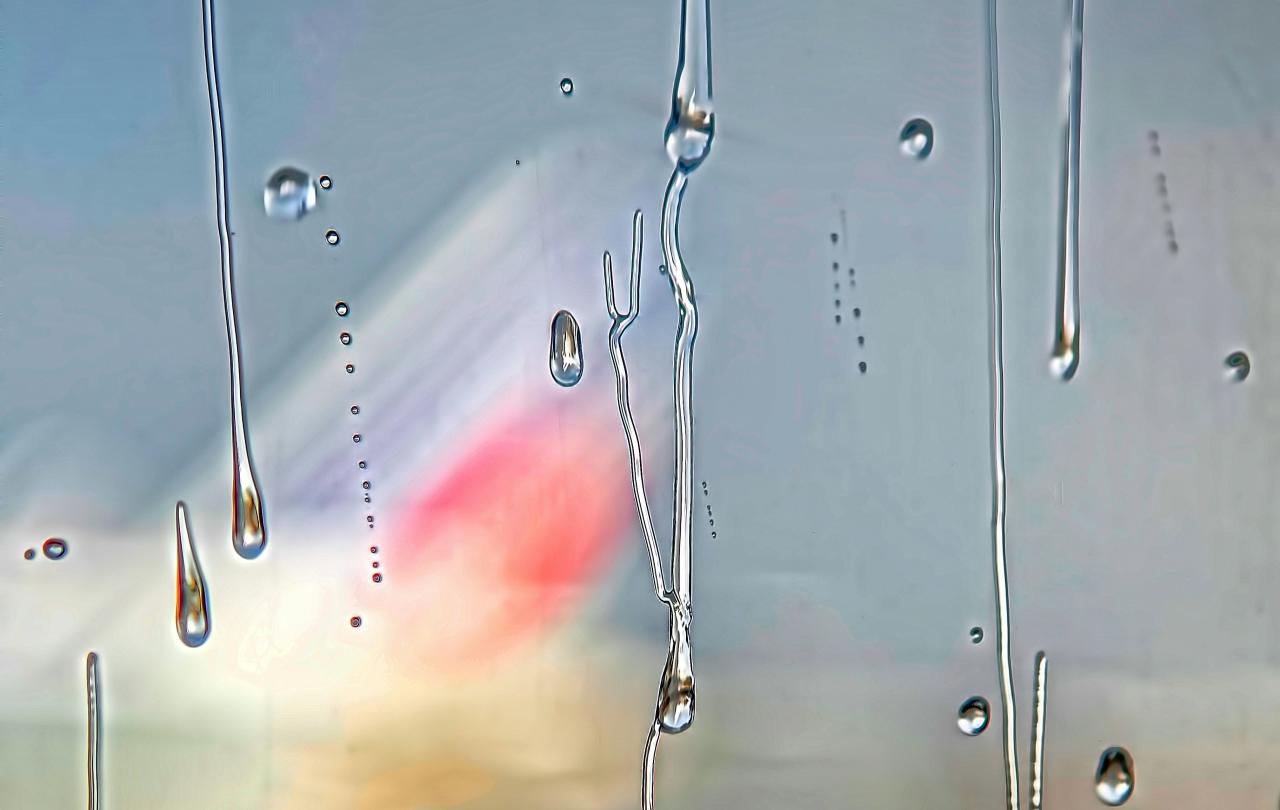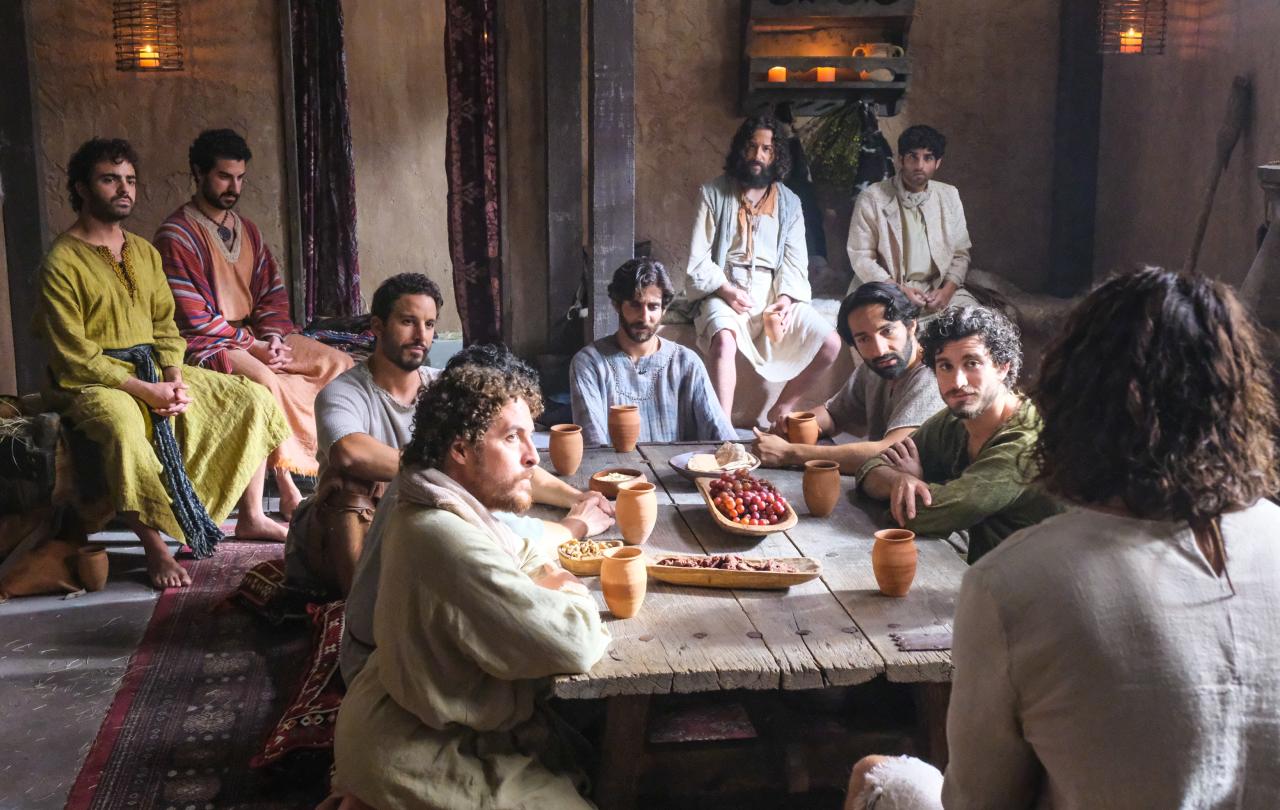
After his conversion to Anglo-Catholicism in 1927, critics began to notice a change in T. S. Eliot’s poetry. Some thought this was for the worse, that Eliot’s newfound faith dimmed his literary powers, making his usually impenetrable style more conventional. But there is a less cynical view. I think, instead, that his conversion brought a sense of clarity and purpose to his poetry. I think what really happened is that, like many Christian converts before and after him, he found a sense of joy.
Nowhere better can we find that distinctly Christian sense of joy than in Eliot’s ‘The Journey of the Magi’, an Advent poem recounting Jesus’s birth from the point of view of the magi travelling to meet him. Like many of my favourite Advent poems, ‘Journey of the Magi’ is not straightforwardly cheerful, instead dwelling on the idea of alienation. The last stanza of the poem in particular is devoted to the magi’s confusion at returning to their old life after witnessing the miracle of Christ’s birth:
All this was a long time ago, I remember,
And I would do it again, but set down
This set down
This: were we led all that way for
Birth or Death? There was a birth, certainly,
We had evidence and no doubt. I had seen birth and death,
But had thought they were different; this Birth was
Hard and bitter agony for us, like Death, our death.
We returned to our places, these Kingdoms,
But no longer at ease here, in the old dispensation,
With an alien people clutching their gods.
I should be glad of another death.
It’s hard not to read these lines and imagine that Eliot himself might have experienced a feeling of alienation, as a new convert, when looking back on his old life. And yet, the magi’s sense of being ‘no longer at ease’ in their old home, of being among ‘an alien people’, is not something that only converts experience. All of us, whether we are converts or reverts, whether we were brought up in the Christian faith or are still contemplating it with uncertainty, have a moment when we realise that believing in Christ’s birth, death, and resurrection radically changes the way we look at the world.
And conversion isn’t something that just happens once. Every year, during Advent, we are asked to meet despair with joy. For those of us living in the northern hemisphere, we’re specifically asked to do this in the darkest and coldest time of the year, when nature looks so gloomy and unwelcoming. As Christina Rossetti puts it in one of our country’s most beloved Christmas hymns, Jesus comes not at a time of flourishing nature, but rather ‘in the bleak midwinter’, when the earth is ‘hard as iron’ and water frozen ‘like a stone’. Just as we persevere in our yearly hope that spring will come again, so too we are called to renew our conversion of heart each Advent, waiting in hope for Christ’s birth.
But hope doesn’t have to mean blind optimism. The older I’ve become, the more I’ve come to think that rejoicing during Advent doesn’t have to involve unadulterated cheerfulness. Grief has its place within joy, as counterintuitive as that may seem. In fact, Advent is an opportunity to cultivate the virtue of hope in spite of grief, and in spite of the evils that we see in the world. ‘Were we led all that way for / Birth or Death?’, ask the magi. The answer is both. Each year Christ’s birth reminds us that faith requires us to die to our old selves. For some, this means having uncomfortable conversations with family or friends who don’t understand their conversion to the faith. For others, it means facing illness or death of a loved one or other kinds of trauma without giving in to despair.
None of this is easy, of course. Clinging to hope in dark times can truly feel like ‘bitter agony’, as Eliot writes. And yet, as one of the magi says in the final line of Eliot’s poem, ‘I should be glad of another death’. When we die to our selves, we also experience a new birth in Christ. Even as we celebrate his birth, we are reminded of his death on the cross for us, of the fact that he so loved us that he was willing to bear unbearable pain for our sake.
That kind of love, although it doesn’t remove all the sources of suffering in our daily life, does call for rejoicing. Another wonderful Advent poem, Madeleine L’Engle’s ‘First Coming’, emphasises the necessity of joyfulness in the face of a corrupted world. L’Engle begins by reminding us, stanza after stanza, that Jesus didn’t wait for humanity to become perfect before coming to us: ‘He did not wait till the world was ready’, she begins, before adding, ‘He did not wait for the perfect time’, ‘He did not wait till hearts were pure’. Rather, Christ came ‘in joy’, to ‘a tarnished world of sin and doubt’, right ‘when the need was deep and great’.
L’Engle ends ‘First Coming’ by encouraging us to imitate Christ not just in his patience, but also in accepting joy now, not when we world finally stops being rife with sin and pain:
We cannot wait till the world is sane
to raise our songs with joyful voice,
for to share our grief, to touch our pain,
He came with Love: Rejoice! Rejoice!
We can’t wait until ‘the world is sane’ to be joyful. Joy is remembering that Christ really did come ‘to share our grief’, no matter how seemingly unbearable it may be. Lord Tennyson expresses a similar sentiment in his poem In Memoriam, an elegy written after the loss of his dear friend Arthur Hallam. He admits that the pain at his friend’s death is so intense that, as Christmas is drawing near, he almost wishes ‘no more to wake’, and for his ‘hold on life’ to ‘break’. Then, he hears the sounds of bells:
But they my troubled spirit rule,
For they controll'd me when a boy;
They bring me sorrow touch’d with joy,
The merry merry bells of Yule.
Happy memories of Christmas bells from childhood are mixed with pain for Tennyson, bringing him ‘sorrow touch’d with joy’. That’s what all the best Advent poems, from Tennyson to Eliot, From Rossetti to L’Engle, show us: that sorrow doesn’t preclude joy. In the weeks leading up to Christ’s birth, it’s normal to dwell on both birth and death; Advent can be a season for both somberness and merrymaking. Most of all, Advent is a time for prayer, that our hearts may be filled with the knowledge that Christ loves us even in our sorrow, and that the very knowledge of Christ’s love may in turn fill our hearts with joy.
Join with us - Behind the Seen
Seen & Unseen is free for everyone and is made possible through the generosity of our amazing community of supporters.
If you’re enjoying Seen & Unseen, would you consider making a gift towards our work?
Alongside other benefits (book discounts etc.), you’ll receive an extra fortnightly email from me sharing what I’m reading and my reflections on the ideas that are shaping our times.
Graham Tomlin
Editor-in-Chief





